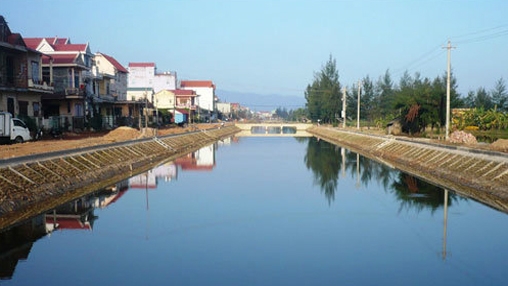Challenge
Competitiveness: To succeed as a MIC, Vietnam will need to increase value addition and decrease its reliance on its low-cost labor. This will require higher skills levels than currently available in Vietnam’s labor force, despite significantly increased school enrollment at all levels. Expansion in infrastructure will need to be complemented by significant improvements in efficiency and quality to close growing infrastructure gaps that constrain competitiveness.
Sustainability: Vietnam is among the top five countries in the world most vulnerable to climate change, and natural disasters are causing economic losses of 1.5 percent of gross domestic product annually. Many poor depend on natural resources for their livelihood, yet supplies are threatened by unsustainable practices. Insufficient investment in water supply and sanitation, solid waste management, and transport is contributing to pollution.
Opportunity: Inequality is rising. By 2010 ethnic minorities accounted for 65 percent (up from 53 percent in 2006) of the poorest 10 percent. Systemic changes in education and social protection, as well as upgrades in basic public service delivery and access are needed to improve livelihood opportunities.
Solution
The Bank program supports government’s 2011-2020 development strategy that focuses on skills development, improvement of market institutions, and infrastructure development for Vietnam to achieve success as a MIC. The Bank has used multiple instruments to support development of Vietnam’s higher education system, including a series of development policy operations (DPO). Bank engagement in the energy sector has included financing of investments complemented by advisory work and support for reforms aimed at developing a competitive market that attracts private investment in electricity generation and providing incentives for energy efficiency.
To address poverty and inequality, the Bank has financed investments to increase access to basic services in water and sanitation, energy, and roads as well as promotion of agriculture livelihoods. Bank support for more sustainable urbanization has included financing of investment in water and sanitation, transport, and urban upgrading.
The Bank has also supported capacity building for climate change mitigation and adaptation, and for better natural disaster preparedness and risk reduction. Policy advice on macroeconomic management and the Public Investment Reform DPO series have supported reforms for improving government’s project selection and implementation, financial management, and monitoring and evaluation.


